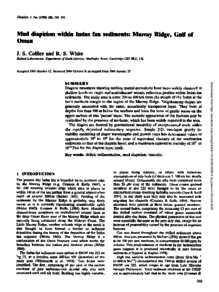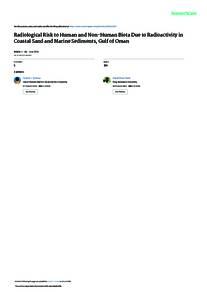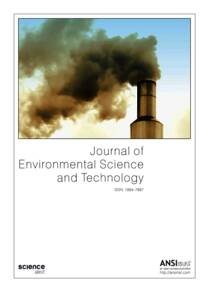Document
Mud diapirism within Indus fan sediments : murray ridge, Gulf of Oman.
Identifier
DOI: 10.1111/j.1365-246X.1990.tb06573.x
Source
Geophysical Journal International. v. 101, 2, p. 345-353
Contributors
White, R. S., Author
Country
United States.
City
Hoboken
Publisher
Wiley Blackwell.
Gregorian
1990-05-01
Language
English
English abstract
Diapiric structures showing striking spatial periodicity have been widely observed at shallow levels on single and multichannel seismic reflection profiles within Indus fan sediments. The study area is some 200 to 400 km from the mouth of the Indus at the fan's northern margin in the region of the Murray Ridge. Neighbouring diapirs are generally associated with the same, acoustically transparent layer. They form at depths less than 500 in below the seafloor and have the form of gentle waves on the upper surface of this ‘parent’ layer. The acoustic appearance of the features may be controlled by the presence of methane, which has been widely reported in the area. The diapirs are formed by gravitational instability of overpressured muds within the rapidly deposited sedimentary sequence. Simple 2‐D, two‐layer gravity instability modelling of diapir wavelengths and growth rates has determined values of approximately 104 to 106 for the ratio of equivalent viscosity of the overburden sediments to that of the diapiric layer; and a maximum equivalent viscosity of 1011 to 1012 Pa s for the diapiric layer itself.
ISSN
0956-540X
Category
Journal articles



